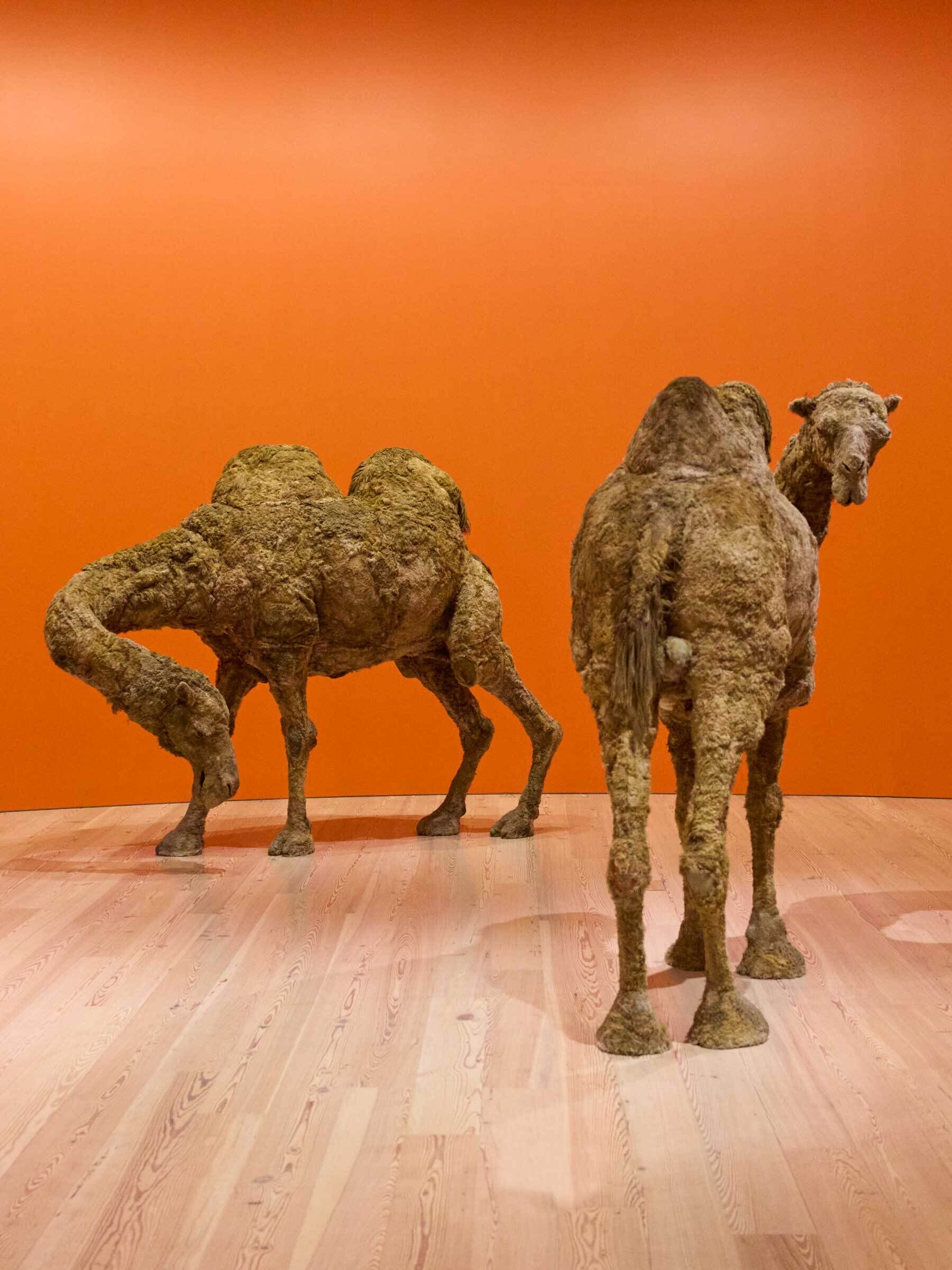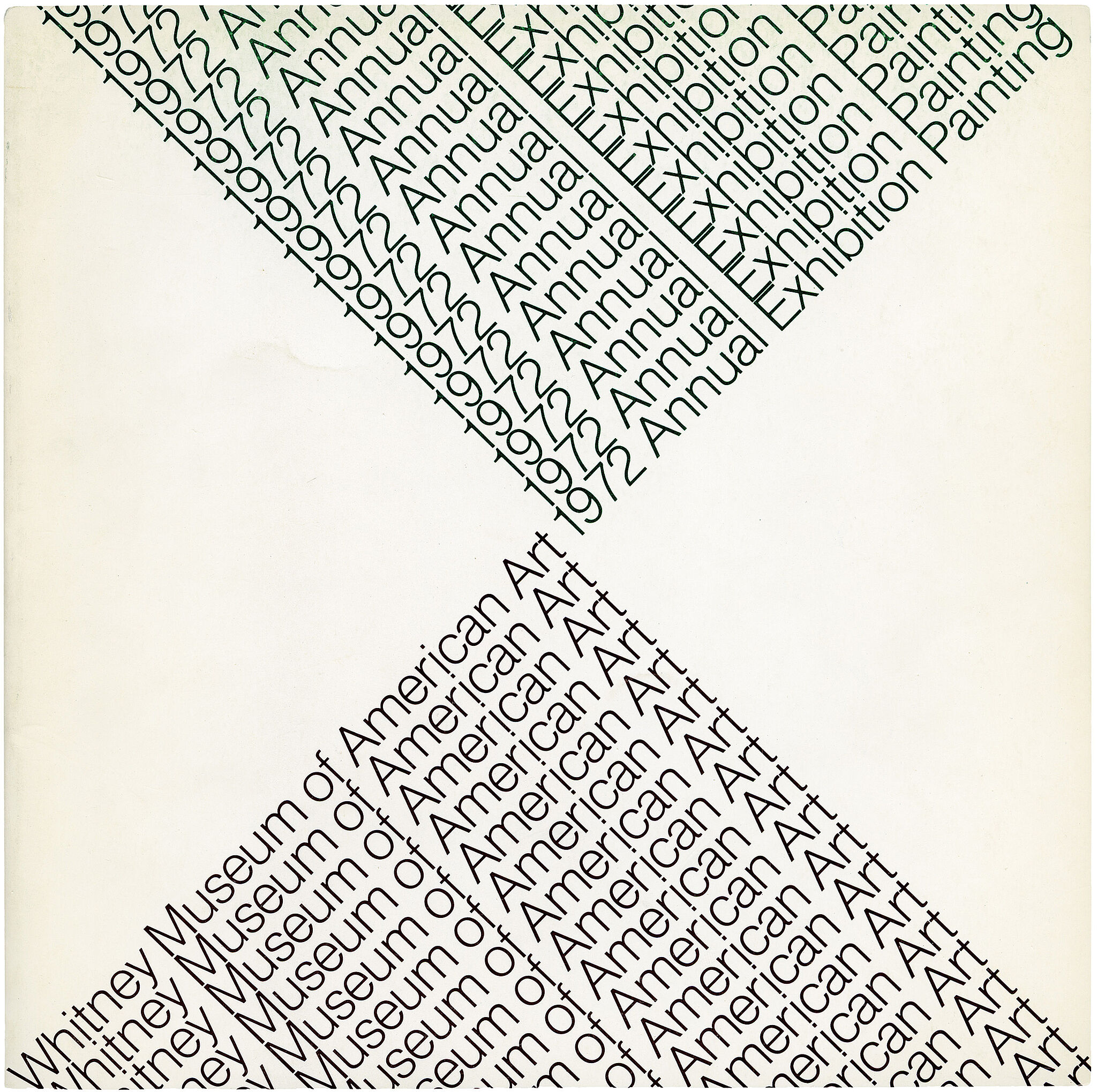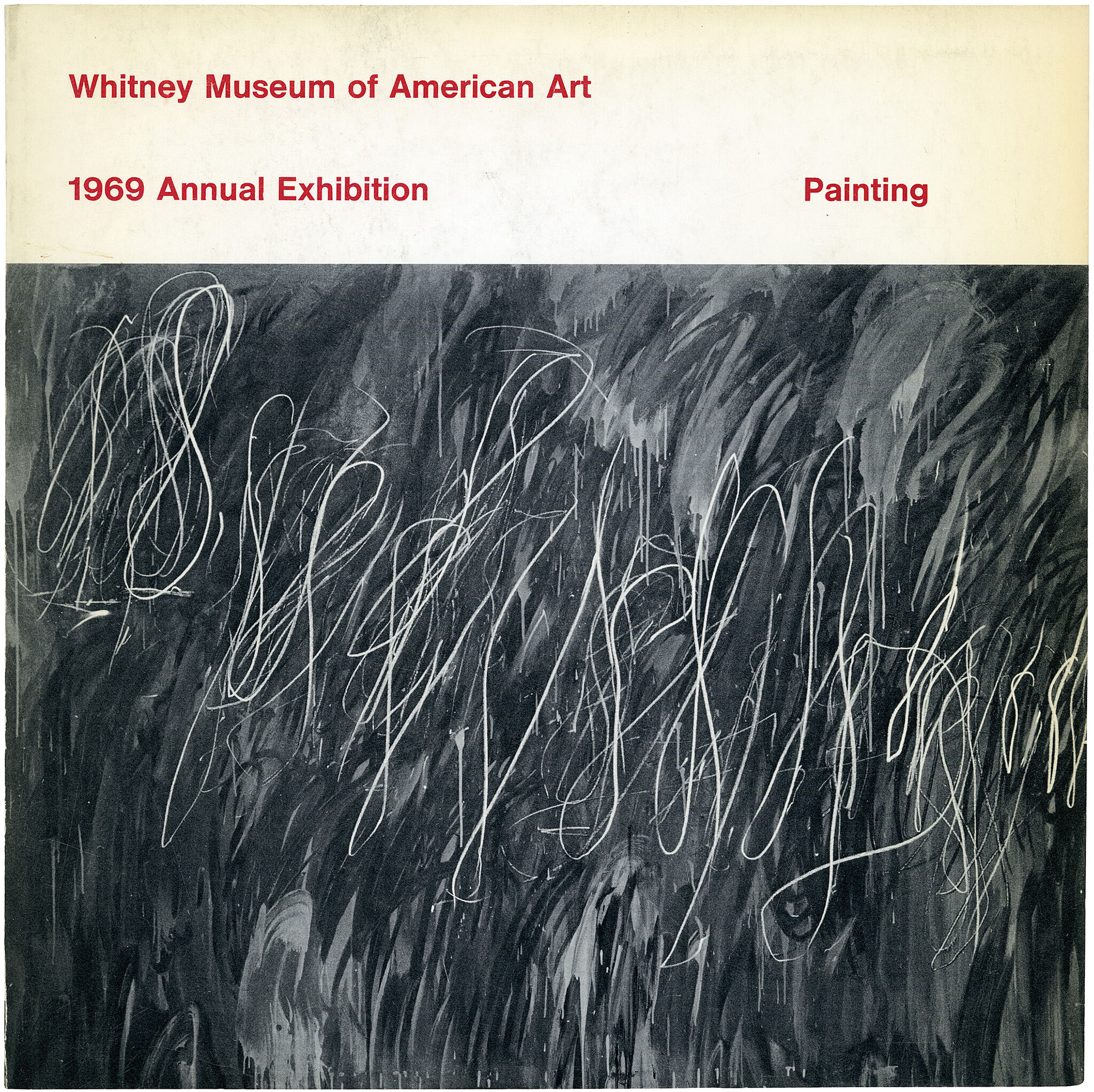Jack Whitten
1939–2018
Shortly after graduating from Cooper Union in 1964, Jack Whitten met Willem de Kooning, Franz Kline, and other lions of Abstract Expressionism. Galvanized, like many of his contemporaries, by that idiom, he produced gestural, expressive paintings in the 1960s that were often inspired by the tumultuous sociopolitical events of the decade. Whitten’s work became more abstract and process-based in the 1970s: he began manipulating layers of wet paint on canvas with implements that included Afro combs, carpenters’ saws, rakes, and squeegees (including one specially devised squeegee that was twelve feet long). The artist explained that his technique was “a physical way of getting light into the painted surface without relying on the mixture of color.”
Beta Group Number One, from this period, is a field of black and white, mostly regular, finely ridged lines. However, incident and accident rupture the geometric uniformity: lines veer off in diagonal directions; certain strands are thicker than others; lighter blotches reveal areas where paint is distributed more thinly. Whitten here imparts the action painters’ esteem for chance to the rigor of contemporaneous geometric abstraction and even Minimalism, achieving a composition that, despite its reductive palette, seems to pulsate with energy. While emphatically palpable, this painting also evokes other, less immediately material mediums—from black-and-white photography to scratchy film leader to television static. Such experimentation with surface effect grew bolder in the 1980s, and by the 1990s Whitten was incorporating bits of hardened acrylic into his canvases, using them like mosaics. His works, which also include drawings and collages, often pay tribute to deceased family members and friends and memorialize traumatic events.
Introduction
Jack Whitten (December 5, 1939 – January 20, 2018) was an American abstract painter and sculptor. According to the Museum of Modern Art, he "invented art-making techniques that were the first of their kind." In 2016, he was awarded a National Medal of Arts.
Wikidata identifier
Q6115781
Information from Wikipedia, made available under the Creative Commons Attribution-ShareAlike License . Accessed December 18, 2025.
Introduction
Whitten initially studied medicine at the Tuskegee Institute, but moved to Louisiana to begin studying art. He became involved in the Civil Rights movement there, and subsequently moved to New York in 1960 to study at Cooper Union. His mature works were made employing combs, laminations, rakes, and squeegees to apply acrylic paint to canvas. His late works were made using chips of acrylic paint to build mosaic-like surfaces. Whitten's sculptures which he first created in New York and later at his summer home on Crete, consist of carved wood, found objects and materials including bone, marble, paper, glass, nails, and fishing line.
Country of birth
United States
Roles
Artist, painter, sculptor
ULAN identifier
500077661
Names
Jack Whitten
Information from the Getty Research Institute's Union List of Artist Names ® (ULAN), made available under the ODC Attribution License. Accessed December 18, 2025.




